Home LivingWellnessSleepHow to biohack your sleep using your colour Hue bulbColoured lights can help you sleep better – sleep expert explains what colours to use and whenWhen you purchase through links on our site, we may earn an affiliate commission.Here’s how it works.
Home LivingWellnessSleepHow to biohack your sleep using your colour Hue bulbColoured lights can help you sleep better – sleep expert explains what colours to use and whenWhen you purchase through links on our site, we may earn an affiliate commission.Here’s how it works.
Coloured lights can help you sleep better – sleep expert explains what colours to use and when
When you purchase through links on our site, we may earn an affiliate commission.Here’s how it works.
(Image credit: MEHEDI HASAN ( KΛΛSH ) on Unsplash)
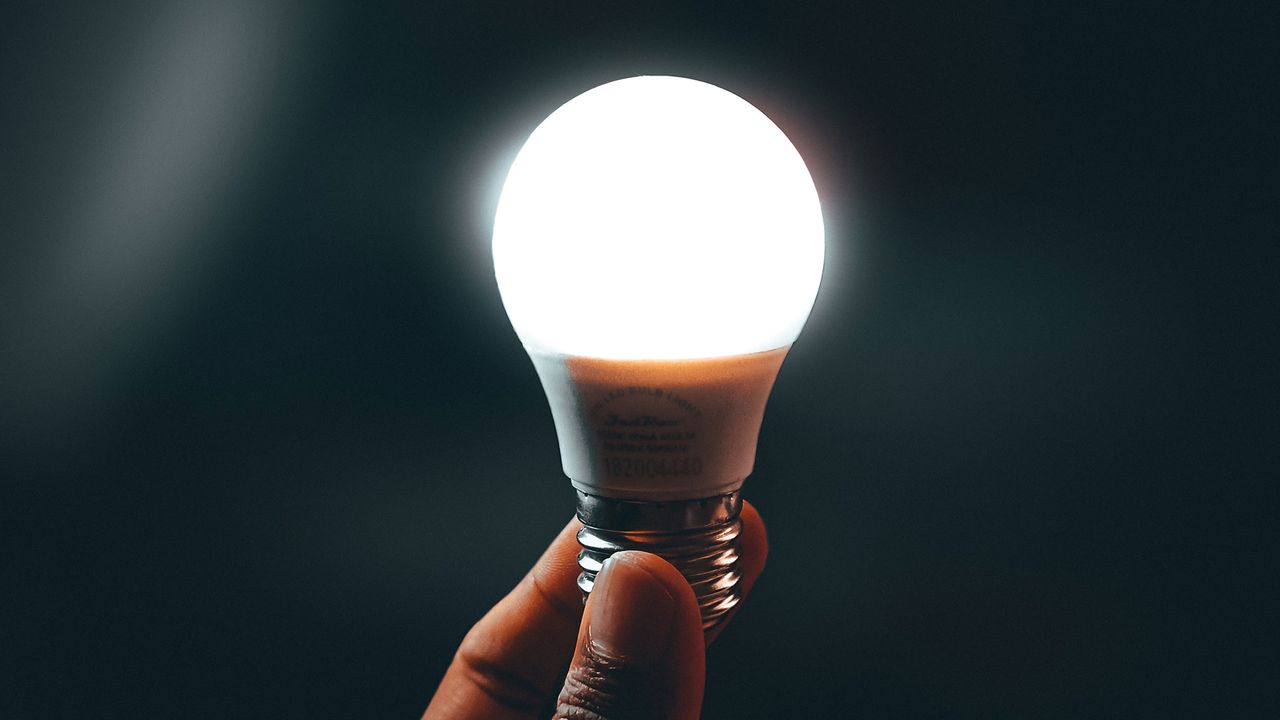
(Image credit: MEHEDI HASAN ( KΛΛSH ) on Unsplash)
There are plenty of hacks to help you sleep better, but have you considered using yoursmart bulbs? If you’ve got a light that changes colour, like thePhilips Hue range(other smart bulbs are available), then you could be using them to improve your sleep.
“Exposure to different colours of light at various times within the sleep-wake cycle can be one way of helping to facilitate better quality rest and a nifty way to biohack your sleep,” says neurobiologist and head of research atEmma sleep,Dr Verena Senn.
That’s because light plays a major factor in our sleep. “Our circadian rhythm is a central circuit that is sensitive to light, called the suprachiasmatic nucleus, which controls the production of the hormones that support us when we sleep and when we wake,” she continues. So what lights should be using at what times?
Before bedtime: red light
While there are dedicated devices for ‘proper’ red light therapy, for an easy at-home solution, just switching your smart bulbs to a rosy hue in the hour before bedtime will also do the trick, says Dr Verena.
Daytime only: Blue light
It’s fairly well known now that blue light – the kind that’s emitted from your phone or laptop screen – can have a detrimental effect on how well you sleep. “[Blue light] will disrupt your melatonin production, making it more difficult to fall asleep,” explains Verena. She suggests avoiding screens for an hour or so before bed, or if you can’t, setting any light-emitting tech to night mode between sleep-adjacent hours, to minimise the blue light emitted from the screen.
While sleeping: warm colours (or no light at all)
While you’re sleeping, you should aim for complete darkness. However, if you really must have a light on, you should stick to warm shades. “If you must have lights on, either for personal preference or perhaps to highlight the path to the bathroom should you need to go at night, it is best to keep this to low brightness and warm colour (think oranges and reds) to avoid stimulation that could disrupt your sleep,” says Verena.
Sign up to the T3 newsletter for smarter living straight to your inbox
Get all the latest news, reviews, deals and buying guides on gorgeous tech, home and active products from the T3 experts
In the morning: cold colours
When you need to wake yourself up in the morning, it’s time to switch to the opposite to nighttime lights to help your body feel more alert. A blast of cold-coloured light (on the blue end of the spectrum) should do the trick. “In the morning, exposure to bright, colder-coloured light – such as morning sunlight – will actually aid sleep later that night,” says Verena.
For more help on improving your sleep (it is World Sleep Day after all), check our24 tips for better sleep, learnhow to have the perfect nap, or discover thebest (and worst) sleep postures.

The new Aston Martin Vantage Roadster is drop-top perfectionHave we already found the most beautiful car of 2025?
Have we already found the most beautiful car of 2025?
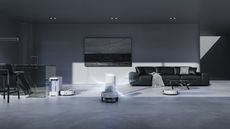
SwitchBot launches world’s first multitasking household robot – here are 5 features I didn’t expectWhat exactly is a multitasking household robot, you might ask?
What exactly is a multitasking household robot, you might ask?
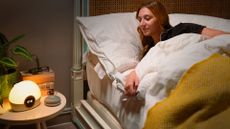
Waking up for work is tough in the winter – but smart tech can help you avoid that snooze buttonHow smart tech makes winter mornings run smoother
How smart tech makes winter mornings run smoother
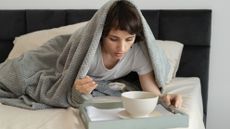
Nutritionist reveals 3 foods you should eat before bed to stay warmStruggling to stay warm during the night? Try eating some of these
Struggling to stay warm during the night? Try eating some of these

Are headbands the new sleep technology trend?

Hatch’s latest sunrise alarm clock finally has a phone-free design – and I’m obsessedHatch launches the Restore 3 wake-up light and it could drastically improve your mornings
Hatch launches the Restore 3 wake-up light and it could drastically improve your mornings
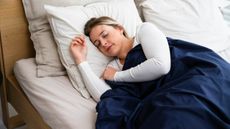
This ERA mattress topper can turn your mattress into a smart sleep tracking deviceThe ERA Smart Layer is my favourite wellness product from CES 2025
The ERA Smart Layer is my favourite wellness product from CES 2025
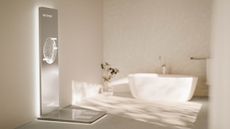
Withings’ smart mirror combines a smartwatch and scales into a full-length health scannerWithings debuts new conceptual smart health mirror at CES 2025
Withings debuts new conceptual smart health mirror at CES 2025
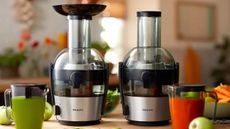
6 gadgets to get you through Dry JanuaryWith Christmas and New Year out of the way, we take a look at some of the best gadgets to use for Dry January
With Christmas and New Year out of the way, we take a look at some of the best gadgets to use for Dry January
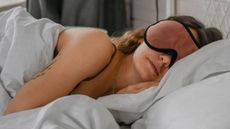
This pillow flip sleep hack can help you beat Christmas insomnia – and it takes secondsIf you love the cold side of the pillow, you’ll love this quick sleep hack
If you love the cold side of the pillow, you’ll love this quick sleep hack